This Colorized 1902 Footage Allows You To Ride Through A German Town On ‘The Flying Train’
Fasten your seat belt, sit back, and enjoy the crisp ride on a suspended railway from back in 1902. You heard me right. The surprisingly clear footage was made 118 years ago in the Barmen-Elberfeld area in Germany, today known as Wuppertal. But thanks to the proprietary 68 mm film, the clip feels like it was made recently.
Initially, the black and white footage released by the Museum of Modern Art was only 2 minutes long. But Denis Shiryaev, an AI specialist from Neural Love agency in Gdansk, Poland, took it to a whole new level.
With the help of machine learning technology, Denis “remastered” the footage and turned it into an almost 4-minute-long video. He also added colors and sound, stabilized the footage, and smoothed out the framing. The mind-blowing results are in down below, and this feels like the kind of roller coaster I’d sign up for.
More info: Youtube | Neural.Love
This vivid footage shows what it was like to ride the suspended railway over the German town in 1902
Image credits: Denis Shiryaev
Wuppertal Schwebebahn is the oldest electric elevated railway with hanging cars
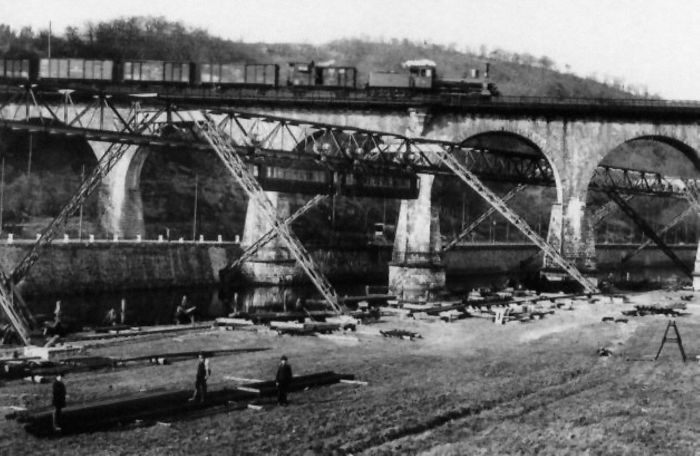
Image credits: wikipedia
The Schwebebahn railway is still in use to this day and carries 82,000 commuters a day

Image credits: wikipedia
Designed by Eugen Langen for Berlin, the suspended railway was instead built in Barmen, Elberfeld, and Vohwinkel between 1897 and 1903
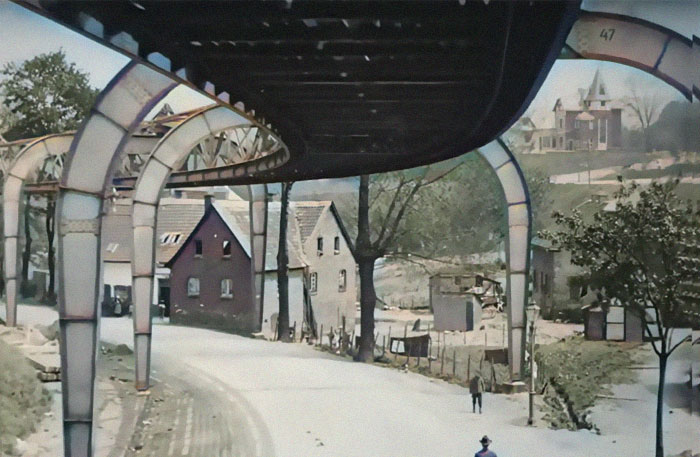
The electric suspension railway is the oldest elevated train in Germany. It was designed by Eugen Langen as an idea to sell to the city of Berlin, and construction on the project began in 1898. Emperor Wilhelm II was one of the first to catch a ride on the innovative train during trial runs in 1900. It was just years before World War I happened.
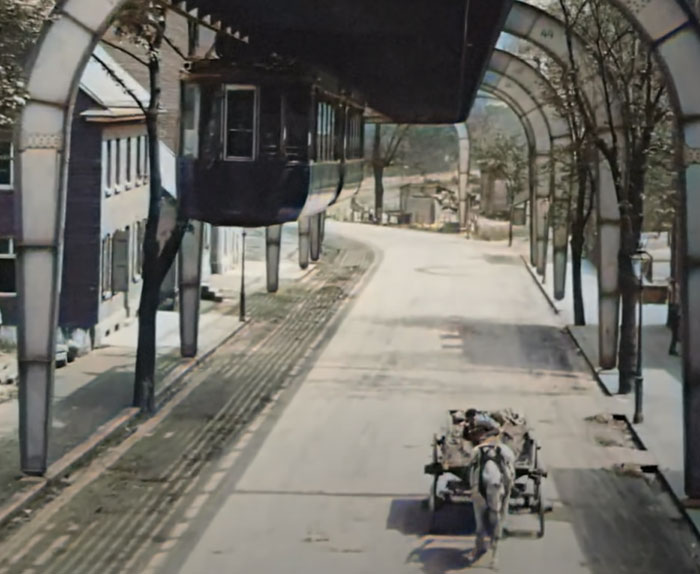
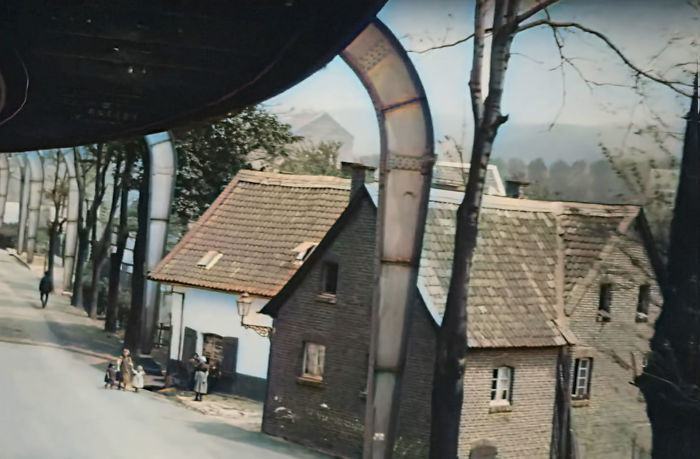
Its first track was opened in 1901 in a town which is today known as Wuppertal

The remaining footage is so clear and vivid because it was shot on proprietary 68 mm film by the American motion picture company Biograph.
The Mutoscope used 68 mm film, a film stock twice as large as most films at the time. (70 mm film really only came into its own during the 1950s.) The 30 frames per second shooting rate was also faster than the usual 18 fps or 24 fps, which means the illusion of reality is closer to the video rate of today.
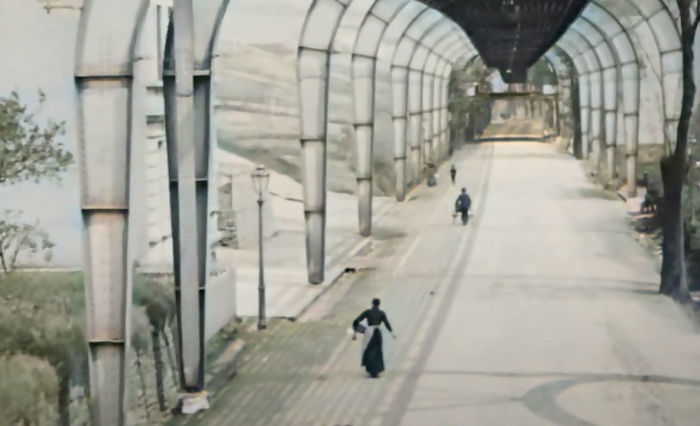
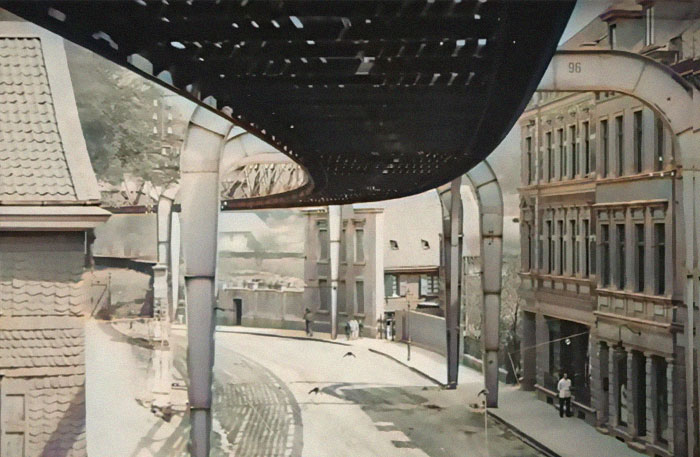
The entire trip takes around half an hour to finish
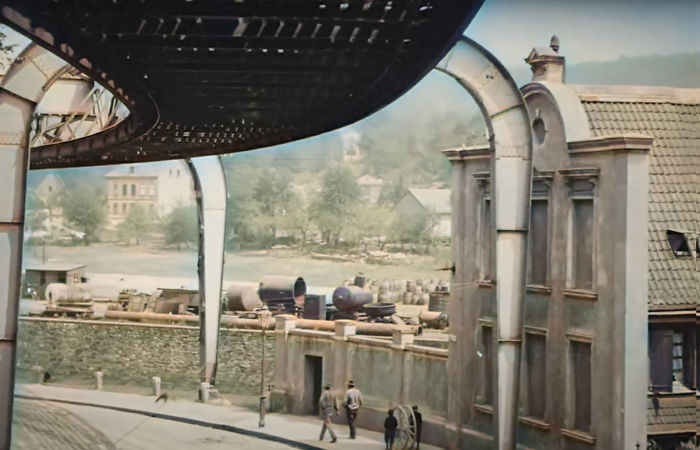
The frames of the film were printed on cards and could be watched through a viewfinder, but it wasn’t intended to become a film in itself.
But thanks to the AI editor Denis Shiryaev, the footage was upscaled with neural network technology. The added colors also help to create the real-life effect even though they are not historically accurate.
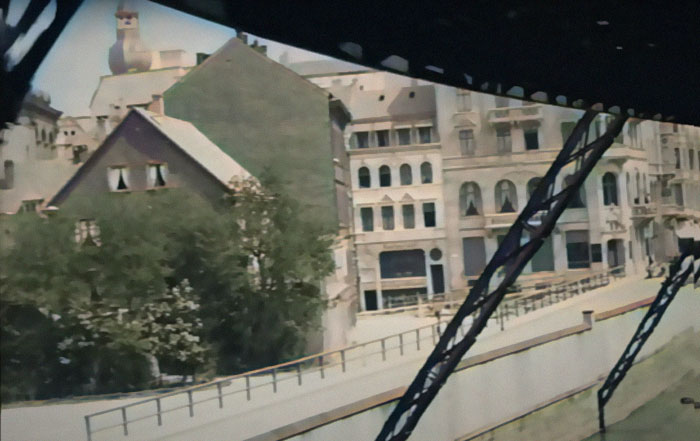
The total route is just over eight miles long and follows the river Wupper for most of it
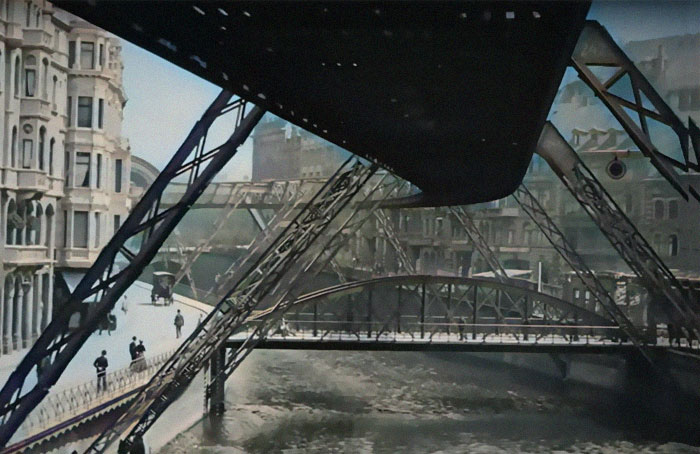
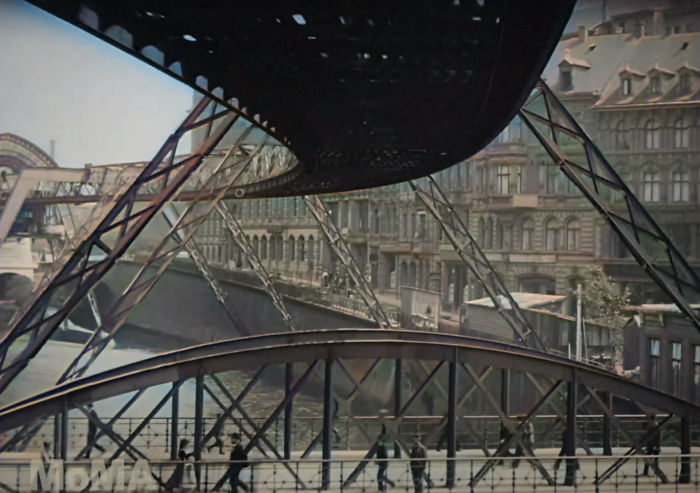
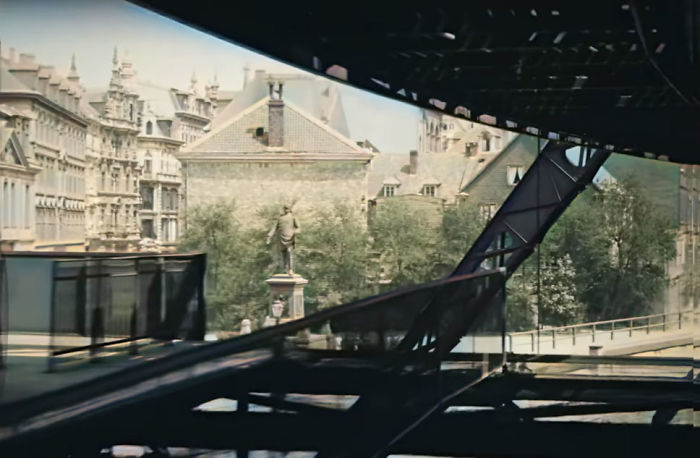
Denis Shiryaev took the original footage, slowed it down to look like real life, and revived it with colors
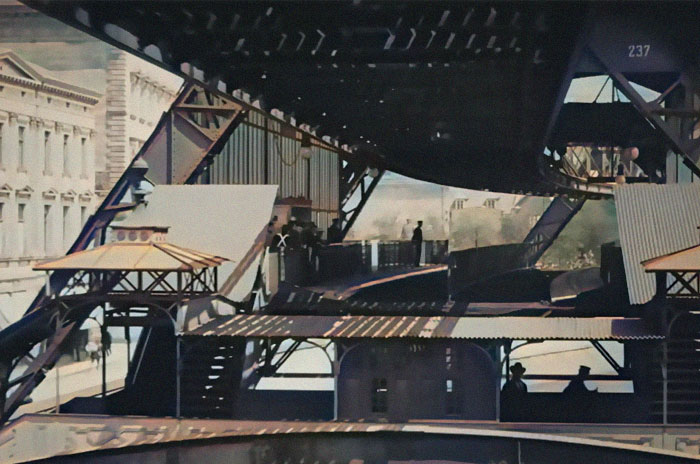
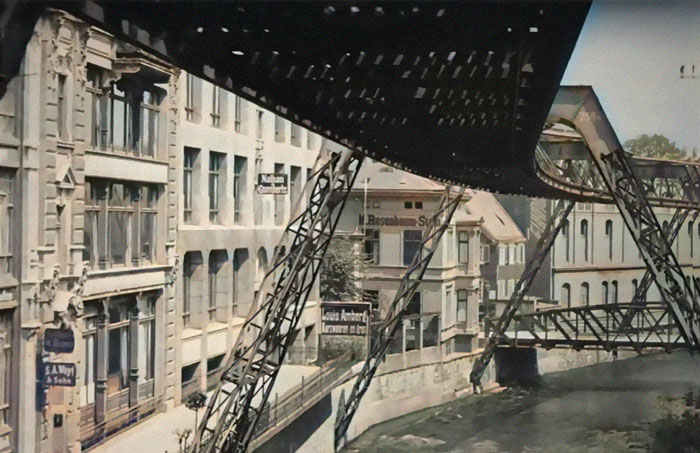
And here’s the original black and white footage released by the Museum Of Modern Art before it was edited
Image credits: The Museum of Modern Art
And this is what people had to say








No comments